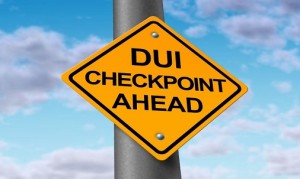 What is a per se limit for cannabis? It is a limit of intake that is inherently illegal, even if it does not impair the driver. 14 states have a per se or zero tolerance limit for cannabis. Nevada and Washington have per se limits, while Arizona has a zero tolerance limit. California does not have a per se or zero tolerance limit.
What is a per se limit for cannabis? It is a limit of intake that is inherently illegal, even if it does not impair the driver. 14 states have a per se or zero tolerance limit for cannabis. Nevada and Washington have per se limits, while Arizona has a zero tolerance limit. California does not have a per se or zero tolerance limit.
Per Se Limits for Cannabis in the News
Recently, per se limits for cannabis came up in California news. This is because in April 2014, Antioch Assemblyman Jim Frazier introduced a bill in favor of such limits. This bill, AB 2500, was defeated in the Assembly Public Safety Committee. It would have criminalized having 2 nanograms of tetrahydrocannbinol (THC), the active ingredient in cannabis, per milliliter of whole blood.
There are a number of reasons that a per se limit for cannabis would be problematic. First, THC affects different people in different manners. Not every driver’s motor skills and thinking processes are impaired in the same ways. Also, individuals who have built up a tolerance to THC are less likely to be impaired at a low level than individuals who have not. There is no consensus on what concentration of THC in the blood indicates that an individual will drive poorly.
Second, the effects of THC lag behind the maximum drug concentrations. This means that a person who is under the influence of THC will start to drive in an impaired manner long after the amount of THC in their body peaks.
Third, there is limited and conflicting information to show that cannabis intake is linked to impaired driving and the risk of incurring a traffic accident. The website of the U.S. National Highway Traffic Safety Administration states it is difficult to establish a relationship between a person’s THC blood or plasma concentration and driving in an impaired manner.
With these facts in mind, lawmakers should understand that those who use cannabis in a legal fashion should not be punished if they do not pose a threat to public safety. Per se limits on cannabis are a punitive tool. They should not be considered until the effects of THC on driving behavior and traffic risk are better documented and understood.
Connect